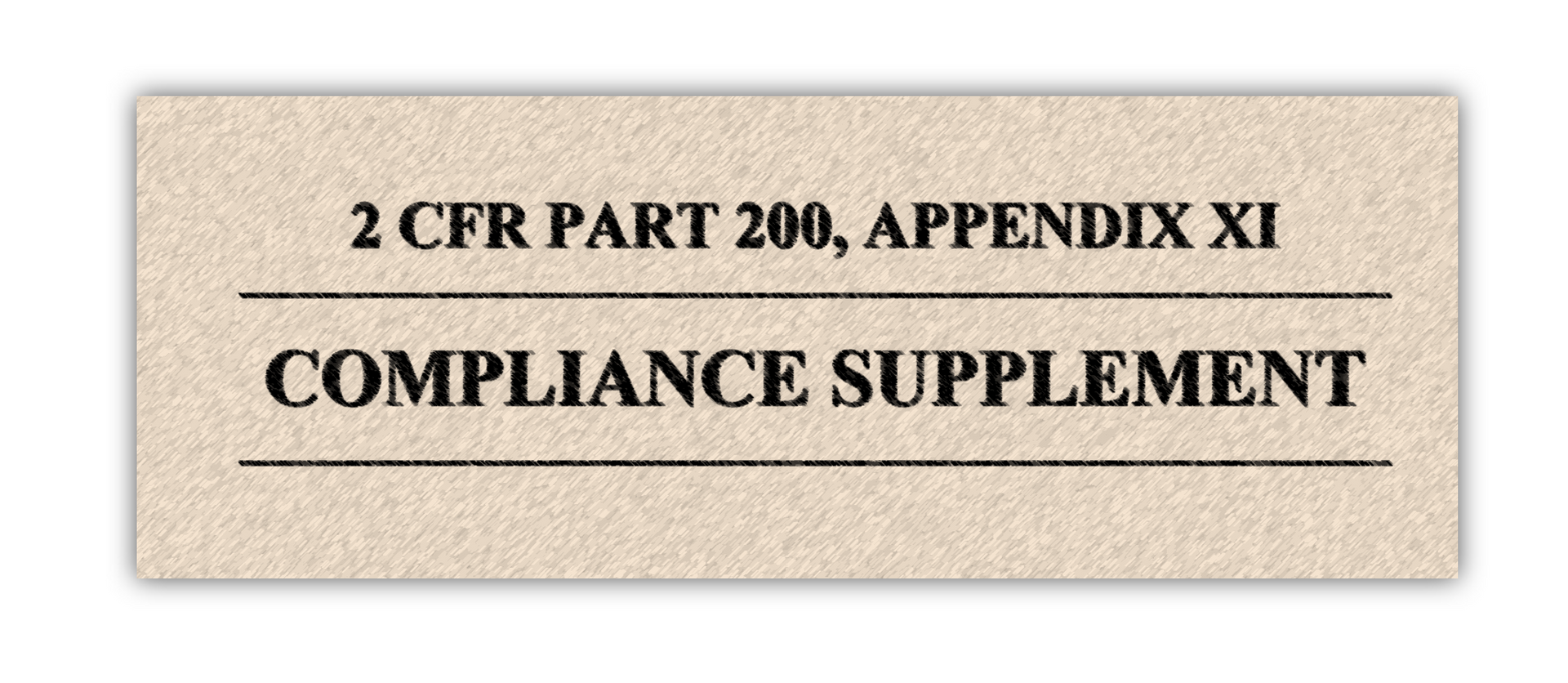Why Nonprofits Should Negotiate an Indirect Rate (NICRA)
Every Dollar Counts
Nonprofits operate in an environment where funding is competitive and transparency is essential. Yet, many organizations miss out on critical cost recovery opportunities by overlooking a powerful financial tool: the Negotiated Indirect Cost Rate Agreement (NICRA). Whether you're applying for federal grants or managing diverse funding streams, having a NICRA based on a well-prepared Indirect Cost Proposal can significantly strengthen your organization’s financial foundation.
What Is an Indirect Rate?
An indirect rate represents the percentage of overhead costs your nonprofit can apply to federal or eligible grants. Indirect costs include essential expenses like rent, HR, IT, and administrative salaries—costs that support the entire organization but aren’t tied to a specific program. These costs are recovered through your NICRA, which is negotiated with your cognizant federal agency.
Why a NICRA Matters for Nonprofits
1. Recover True Administrative Costs
Without an approved indirect rate, many nonprofits rely on unrestricted funds to subsidize indirect expenses. A NICRA enables you to recover your full cost of doing business, ensuring every grant-funded project contributes to organizational sustainability.
2. Strengthen Financial Planning
A negotiated NICRA, based on a formal Indirect Cost Proposal, allows for predictable budgeting. Rather than estimating indirect costs per grant, you can use a consistent, approved rate across multiple awards, simplifying your planning and reporting.
3. Enhance Credibility With Funders
Having a federally negotiated indirect rate shows funders that your organization has undergone financial scrutiny and adheres to best practices. It builds trust and positions you as a mature, grant-ready nonprofit.
4. Maximize Federal Grant Revenue
Federal grant programs now allow either the 15% de minimis rate or a negotiated indirect rate. If your actual indirect costs exceed 15%, pursuing a NICRA can lead to significantly higher cost recovery, ensuring your programs aren't operating at a loss.
5. Greater Flexibility in Grant Management
With a NICRA, you can allocate indirect costs strategically—applying them only where allowable and beneficial. This flexibility supports more effective fund management and long-term growth.
When to Consider Negotiating an Indirect Rate
You should consider submitting an Indirect Cost Proposal if your organization:
- Manages multiple federal grants or cooperative agreements
- Has over $500,000 in annual federal expenditures
- Is expanding programs or infrastructure
- Routinely covers indirect costs with general funds
Even if you currently use the 15% de minimis rate, you could be eligible for a much higher negotiated rate based on your actual cost structure.
What Is an Indirect Cost Proposal?
An Indirect Cost Proposal is the document submitted to request a NICRA. It typically includes:
- Audited financial statements
- A detailed cost allocation plan
- Organizational chart and salary breakdowns
- A calculation of your proposed indirect rate
This proposal is submitted to your cognizant agency, who reviews and negotiates the final NICRA.
Get Expert Help With Your NICRA
At Award Advisors, we specialize in helping nonprofits navigate the NICRA process—from preparing a compliant Indirect Cost Proposal to representing your interests during federal negotiations. Our goal is to ensure your organization gets the indirect rate it deserves.
Ready to Maximize Your Funding?
Let’s talk about how we can help you develop a strong Indirect Cost Proposal and secure a NICRA that supports your mission. Contact Award Advisors today.



